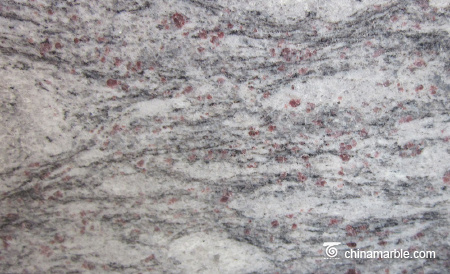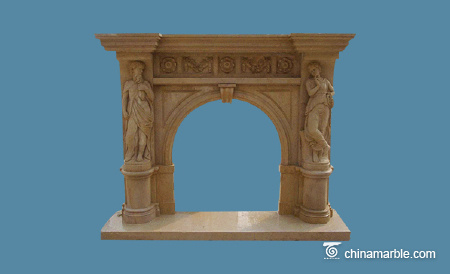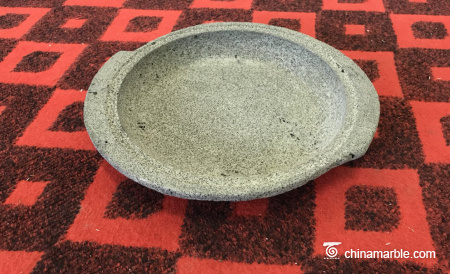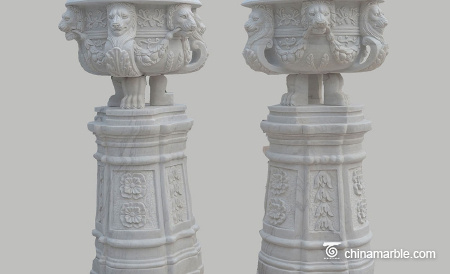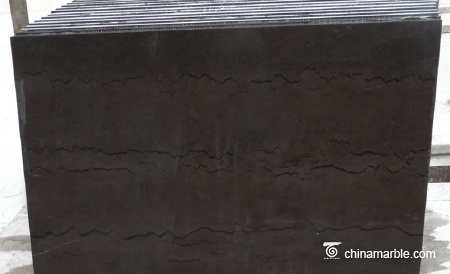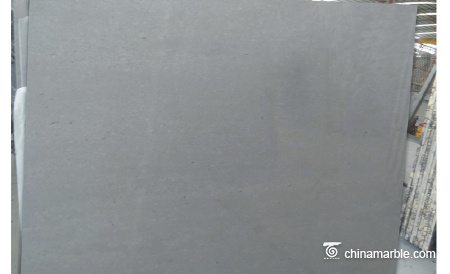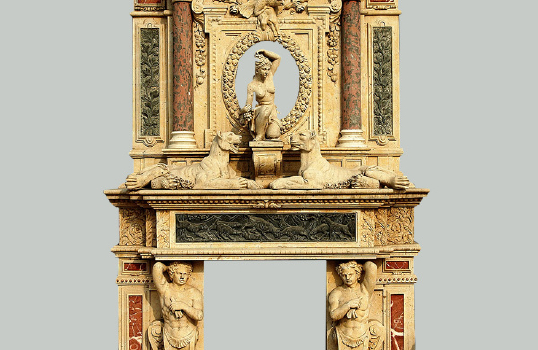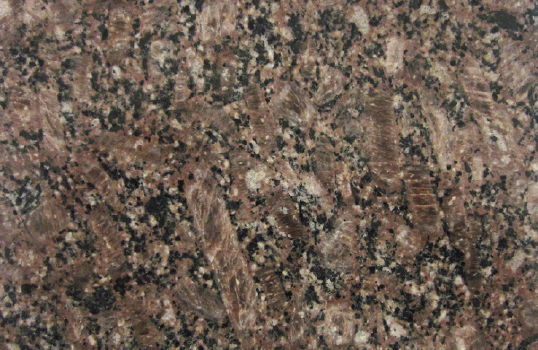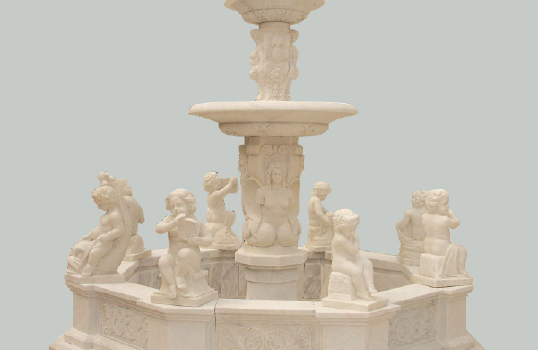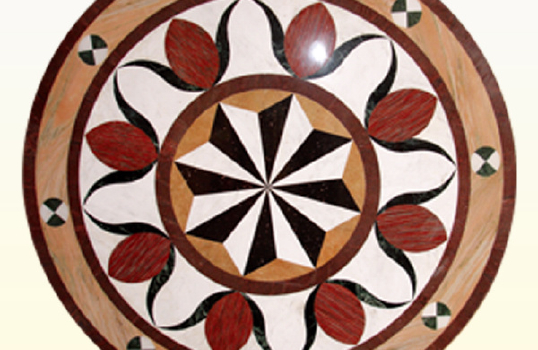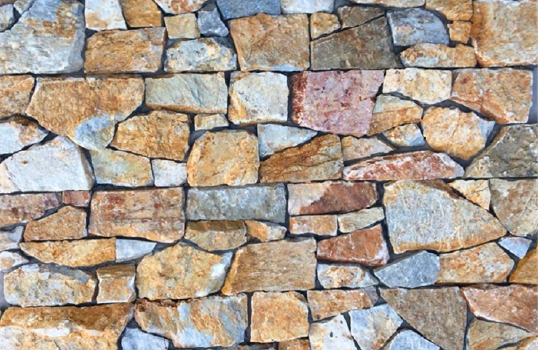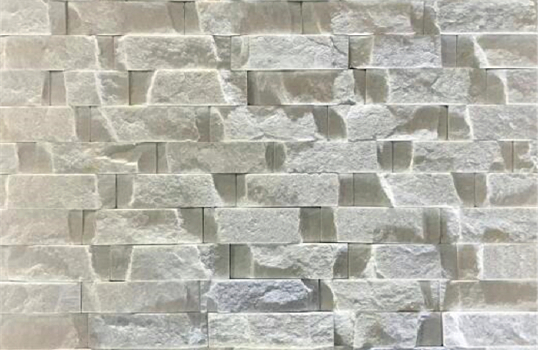China Sandstone slate-What kind of sandstone
Sandstone is divided into two broad categories based on the heterogeneous content, that is, less than 15% of the net sandstone and miscellaneous content of more than 15% of the mixed sandstone. The further subdivision of the two is a triangular graph, and the debris material components represented by its three end elements are Q (quartz) end element, F (feldspar) end element and R (cuttings) end element. According to the different content of the composition of the sandstone is divided into: 1. quartz sandstone; 2 feldspar quartz sandstone; 3. lithic quartz sandstone; 4. feldspar sandstone; 5. lithic feldspar sandstone; Lithic sandstone;
China Sandstone slate-Quartz sandstone:
More than 90% of the debris material for the single crystal quartz, a small number of flint and siliceous debris and so on. Heavy minerals rarely. Cement is often siliceous, secondary increase cementation phenomenon is common. Quartz sandstone is rich in quartz, usually in the structure of stable, undulating terrain, warm and humid climate conditions, by the rich quartz rock (granite, granite gneiss, metamorphic quartzite, etc.), subject to strong chemical weathering, And after long distance handling in the coastal or shallow sea area deposited.
China Sandstone slate-Feldspar sandstone:
Mainly composed of debris quartz and feldspar, and some feldspar content can be high. Feldspar sandstone in the feldspar mostly feldspar, micro-plagioclase and acid plagioclase. Colors are often red or yellow. Its formation depends largely on the composition of the mother rock, first of all have rich feldspar rock, such as granite, granite gneiss. In addition to the need for favorable ancient structure, palaeogeography and paleoclimatic conditions. In areas where tectonic movement is strong, the topographic ups and downs are also large, the granite base uplift is strongly eroded, and the erosion products accumulate rapidly, forming a very thick feldspar sandstone.
China Sandstone slate-Rockstone:
Sandstone dominated by quartz and cuttings. The lithofacies composition in the lithic sandstone varies with the mother rock. Feldspar to plagioclase is common, there are potassium feldspar, but also the emergence of unstable basic plagioclase. Rockstone sandstone is darker, gray, gray-green, gray-black, light-colored. The lithic sandstone is formed in the tectonic belt or depression basin near the strong tectonic uplift area, and is rapidly eroded by the mother rock and quickly deposited. The lithic sandstone can be terrestrial or marine.
China Sandstone slate-Miscellaneous sandstone:
Sorting is not good, sand mixed sandstone. Generally contain less quartz, and mostly angular. Containing different proportions of feldspar and cuttings, often containing a small amount of mica. Feldspar is mainly plagioclase, a variety of cuttings. Rich in heterogeneous base is the basic characteristics of miscellaneous sandstone, the finer the particles, the higher the content of the hybrid. Miscellaneous components to chlorite, water mica common. The formation of miscellaneous sandstone is similar to that of feldspar sandstone or lithic sandstone, that is, rapid erosion, transport and sedimentation, but miscellaneous sandstone can be formed under different climatic conditions. Typical miscellaneous sandstones are often accumulated in turbulent sediments or complexes of rapid settlement.
The size of the silt debris is 0.0625 ~ 0.0039mm. More than silt is called mud. Sedimentary rocks, mainly composed of silt debris, are siltstones. Siltstone debris components are generally relatively simple, mainly quartz, feldspar and cuttings rare, sometimes with more muscovite. Interstitial matter is calcium, iron and clay. Silt sandstone often has a thin horizontal bedding, the sediment water is easily subjected to liquefaction deformation layer and other sliding structure. The siltstone is divided into two types: coarse sandstone (0.0625 ~ 0.0312mm) and fine siltstone (0.0312 ~ 0.0039mm) according to the particle size. According to the composition, the siltstone sandstone, iron siltstone, calcareous siltstone and so on.
The color of the siltstone varies with the composition of the mixture. Siltstone is formed after long distance handling, hydrodynamic conditions are relatively quiet, the deposition rate is slow. In the horizontal and vertical can be gradually into sandstone or clay rock, and constitute the rhythm of bedding. From the sedimentary environment, siltstone is mostly distributed in the floods of the floodplain, delta, lagoon, swamp and sea lakes.
China is the world's loft development area, the thickness of the world's first. Loess is light yellow or brown, is a series of special properties of semi-consolidated siltstone. It is characterized by uniform texture, hand rubbing easy into powder, and contains a lot of bizarre calcium tuberculosis. The mineral composition of the loess mainly quartz, also contains feldspar, carbonate and clay minerals. The mixture is mainly calcium.
Hot Products
